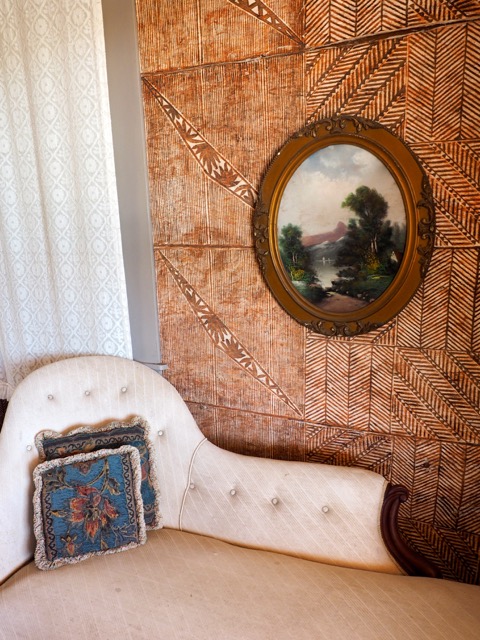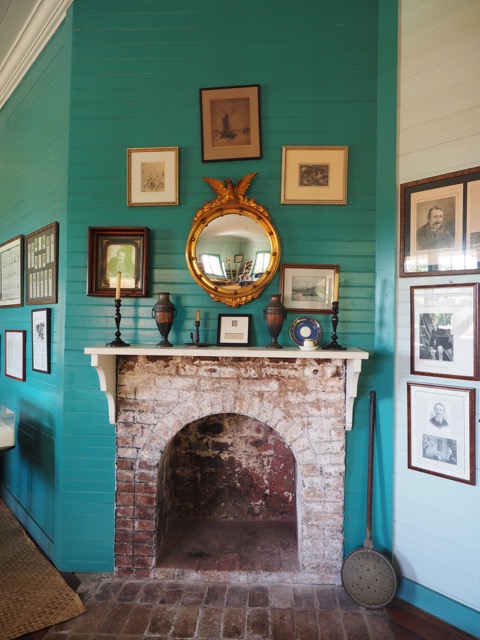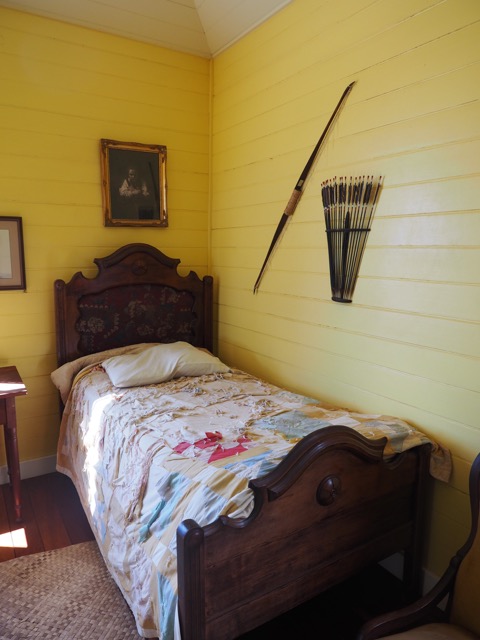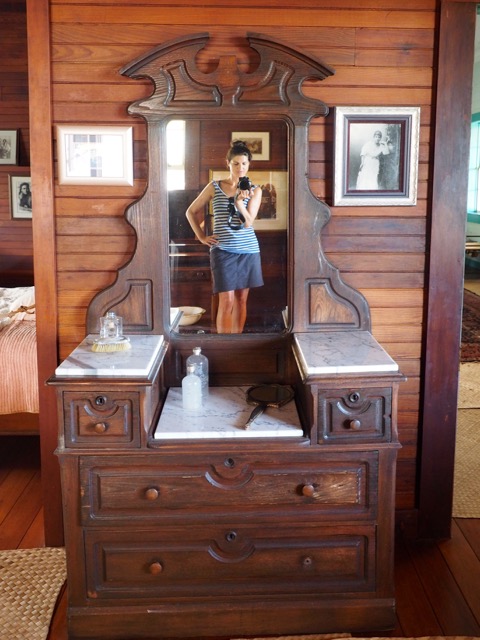Searching for Tusitala
I grew up watching the films, but didn’t actually read Treasure Island until last April when Dominic and I were a few hundred miles out in the Pacific. It was thrill. It shivered me timbers, and my daydreams were filled with peg legs, marauders, maroonees, and mutineers.
We’re still searching for buried treasure, but we stumbled upon a gem of the cultural kind in Samoa, the Robert Louis Stevenson house.
He named his home Villa Vailima, the name of the town in which it is located, and, in Samoan, Vailima means water in the hands (and happens to be the name of the local beer, one of Dominic's favorites). Despite a little construction scaffolding, the house itself was spectacular: wide verandas on both floors, outdoor staircases and hallways, and large, airy rooms with generous views of the gardens and the sea.
In addition to being a prolific writer, Stevenson was a great world traveler, and his love for the places he visited was evident in the decor. In the smoking room, the walls were papered entirely with tapa, traditional Samoan cloth made from the bark of trees, and bedecked with spears from South Africa, and the floor was covered with lion pelts. He built vestigial fireplaces to remind him of Scotland, his homeland, and, for his wife’s boudoir, had redwood shipped in from her native California so she would feel comfortable.
Stevenson settled in Samoa hoping the climate would be good for his health. He had tuberculosis, and wrote his epitaph at 30. He passed away after a stroke at the age of 44 in 1894. The many sepia-toned images around the house show a well-groomed man with a short, square tie, usually seated, looking wan, gaunt, and diminutive in comparison to the others pictured. Although, the others pictured are usually feasting Samoans or Hawaiian royalty.
Stevenson was forward thinking for the time in terms of his attitudes toward the local population, writing extensively about his experiences traveling through Hawaii, the Marquesas, and the Tuamotus, and speaking so strongly against the colonial powers that he feared his own deportation from Samoa.
For these efforts, he was beloved by the people of the island, and they gave him the name Tusitala, which, in Samoan, means ‘writer of tales’. When he died, 200 Samoans blazed a trail up the mountain behind his home, bringing Stevenson to his final resting place overlooking Samoa and the sea.






